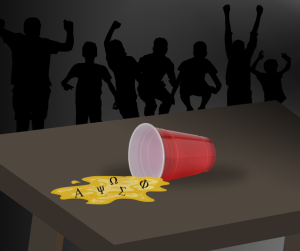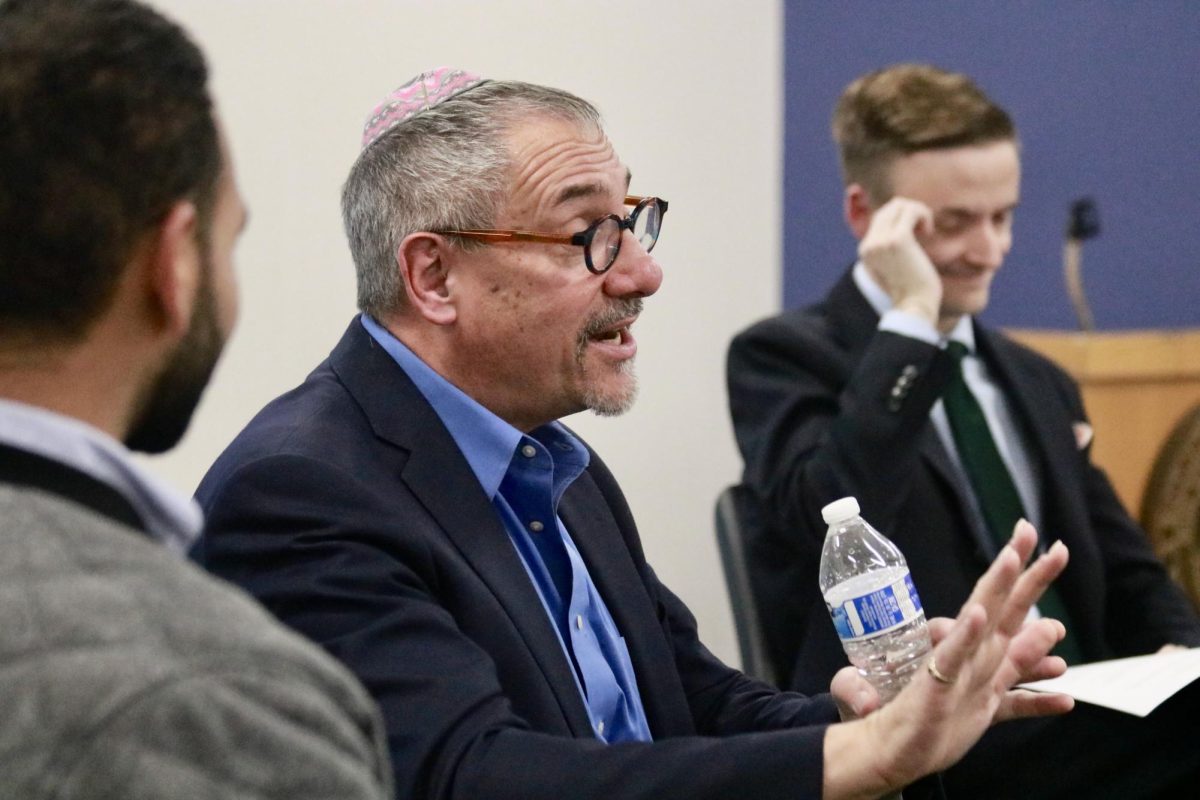The First Five Weeks: How the Russia-Ukraine Conflict Began
Newspaper clippings show how the Russia-Ukraine conflict has progressed since the first invasion in late Feb.
April 4, 2022
On Feb. 24, Russia implemented a full-scale invasion of Ukraine — the largest mobilization of forces in Europe since 1945. In late January and early February, Russian artillery and troops had been positioned near Eastern Ukraine in areas such as Belarus and Crimea, which furthered the fears of an imminent attack in Ukraine. The first day of the invasion began with Russian entry from Belarus, the Russian city of Millerovo into Ukrainian separatist claimed land, and ports in Crimea and Odessa. On day one, Russian forces attacked the Chernobyl nuclear power plant, multiple residential buildings, and the Chuhiv Air Base outside of Kharkiv.
By the second week of the invasion, March 3, Russian forces had captured major southern cities of Kherson and Melitopol, as well as bombed out multiple residential buildings, hospitals, and government centers — including Kyiv’s main radio and television tower. Over 575,000 Ukrainian refugees had fled into neighboring countries such as Poland and Hungary, but Ukrainian martial law required men from ages 18 to 60 years old to stay and defend the country.
The largest nuclear power plant in Europe was captured during the third week of attack in Ukraine after Russian forces attacked Zaporizhzhia. Key cities of Mariupol, Konotop, and Sumy were occupied by Russian troops, and areas aroud the largest cities of Kyiv and Karkiv were also invaded. More residential bombings and the destruction of a vital evacuation route led to an increase in civillian casualties. March 9 saw a strikingly large number of protests in Russia with numbers of protestors reaching 53,000 across 73 cities, despite the threat that anyone spreading ‘false information’ could be detained for up to 15 years in prison, according to Russian law.
As fighting between forces became more heated and fighting moved to suburbs such as Bucha and Irpin around the major cities of Kyiv and Karkiv, more bomb shelters and residential homes were the victim of Russian air strikes — primarily during the night. Due to the increase in nightime bombings, Kyiv mayor Vitali Klitschko announced a curfew to begin at 8 p.m. on March 15. A Russian airstrike on a military base in Yavoriv struck dangerously close to the Polish border, a country that is both a member of NATO (North Atlantic Treaty Organization) and the EU (European Union) where U.S. troops have been deployed to support NATO’s defenses.
Ukrainian fighters have managed to hold off Russian control of key cities such as Kyiv, Mariupol, and Kharkiv by week five of the invasion. Russian air bombings still continued at a normal rate, including at a theater housing refugees and a maternity ward, both of which were bombed early in the week. Over the five weeks since the invasion, just over 1,000 civilian deaths and around 1,600 injuries were reported by a United Nations tracker on March 22. NATO began a sharp increase in deployment on March 25, bringing an additional 120,000 troops into allied areas of Bulgaria, Hungary, Poland, and other Eastern European countries.
“We face a new reality for our security,” Jens Stoltenberg, NATO’s secretary general said in a New York Times interview. “So we must reset our deterrence and defense for the longer-term.”
In the early days of April, Russian forces switched their tactics and retreated from Kyiv and the cities surrounding it, and are believed to focus on Eastern cities such as Kharkiv and Mariupol after regrouping. The specifics of where and when the newly freed-up forces will attack next are unclear at this time.



















